HORRORS OF INDUSTRY: TRANSPORT
The live animal transport industry, an often overlooked and shadowy facet of the global trade system, hides a dark truth that raises serious ethical and welfare concerns. Thousands of animals, including cows, sheep, pigs, and poultry, are transported across borders and continents every day, enduring grueling journeys that can result in suffering, injury, and even death.
The scale of live animal transport is staggering. According to the World Animal Protection Organization, over 1.8 billion live animals were exported across borders in 2016 alone, with the numbers continuing to rise. This includes animals transported for various purposes, such as slaughter, breeding, or entertainment, and the distances covered can span thousands of kilometers.
High Mortality Rates
Reports suggest that mortality rates during long-distance transportation can be alarmingly high. The European Commission's Food and Veterinary Office found that, in some cases, up to 50% of animals did not survive the journey to their destination.
Overcrowding
Overcrowding during transport is a common issue. Many animals are crammed into tight spaces, often unable to move or even lie down comfortably. This can lead to stress, injuries, and even suffocation. Inadequate
Conditions
Poor conditions during transport are a major concern. Animals are subjected to extreme weather conditions, inadequate ventilation, and long periods without food or water, all of which contribute to their suffering.
Disease Transmission
Live animal transport can facilitate the spread of diseases. Animals from different regions are often mixed during transit, increasing the risk of disease transmission and outbreaks.
REAL-LIFE EXAMPLES
The Live Export Industry: Australia is one of the world's largest exporters of live animals, primarily sheep and cattle. In 2018, a whistleblower exposed shocking footage of sheep suffering from extreme heat stress and overcrowding on ships bound for the Middle East. The scandal led to public outcry and calls for stricter regulations.
Long-Distance Transport in Europe: Europe has a significant live animal transport industry, with millions of animals transported each year. In 2020, during the COVID-19 pandemic, thousands of animals were stranded at borders without access to food or water due to lockdowns and border closures.
American Horse Slaughter: The transport of horses for slaughter in the United States is a contentious issue. Horses often endure grueling journeys to reach slaughterhouses in Mexico and Canada, where they face inhumane treatment.
THE ETHICAL DILEMMA
Live animal transport raises profound ethical questions. Animal Welfare Advocates argue that animals deserve protection from unnecessary suffering and that long-distance transport for economic gain often trumps their welfare. On the other hand, proponents of the industry claim it is essential for meeting global demand for livestock products. However, with the advent of modern technology and improved infrastructure, alternative solutions such as transporting meat products rather than live animals are becoming more feasible. These alternatives can reduce the suffering of animals and lower the environmental impact of transportation
The dark truth of live animal transport is a reality that demands attention and action. The statistics and examples presented shed light on the harsh conditions that countless animals endure during long-distance journeys. As awareness grows and societies become more conscientious about animal welfare, there is hope for meaningful change in the industry. Stricter regulations, better enforcement, and the promotion of alternative methods of trade can help mitigate the suffering of animals caught in the web of live animal transport. It is up to governments, organizations, and individuals to work together to bring about a more humane and ethical approach to this industry.
POSITIVE EXAMPLES OF LIVE ANIMAL TRANSPORT BAN
Live animal transport regulations and bans vary from country to country and can change over time. While some countries have implemented strict regulations and standards for live animal transport, others have banned or severely restricted certain aspects of it.
In 2003, New Zealand banned live cattle export for slaughter or further fattening. However, the ban does not apply to live sheep and goats, which can still be exported.
Australia has imposed strict regulations on live animal exports, particularly in response to public outcry over animal welfare issues. There have been temporary bans on live exports to specific countries, and the government has implemented various reforms to improve conditions for exported animals.
In 2020, the United Arab Emirates (UAE) banned the import of live birds from certain countries due to concerns about avian influenza. This is an example of a country implementing a ban on live animal imports for health reasons.
Bhutan has banned the import of live animals for slaughter to promote vegetarianism and reduce the consumption of meat products.
Norway banned the import of live lobsters and other shellfish for boiling in 2021, citing concerns about animal welfare.




